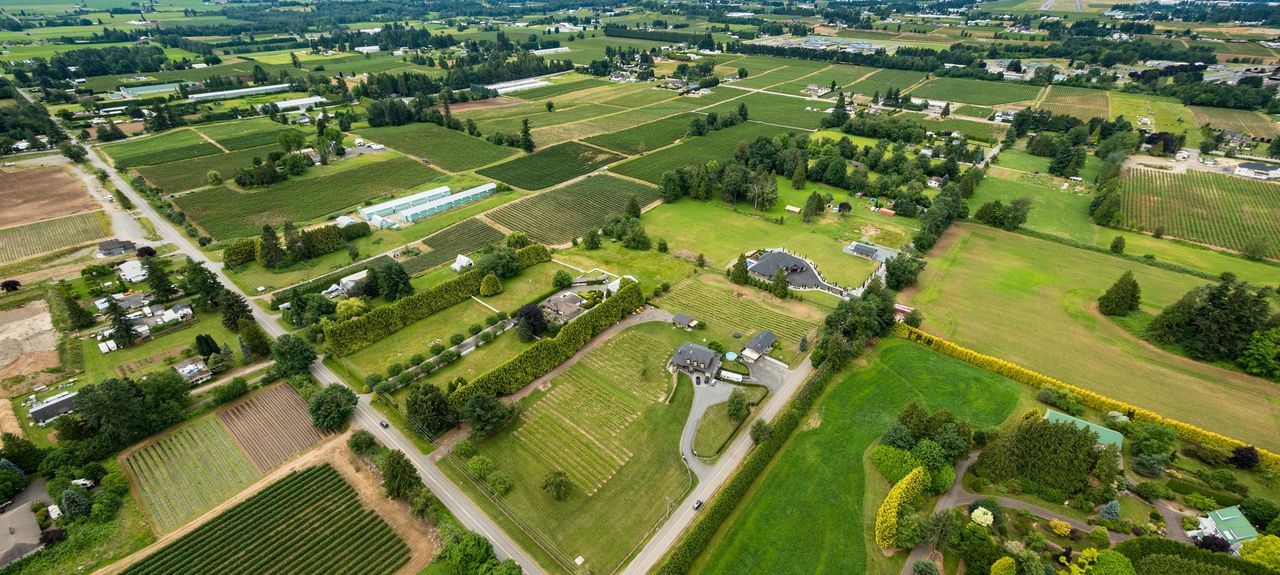What we do on the land surface can have a significant impact on groundwater below. Although nitrate contamination of groundwater used for drinking water is a growing health concern, very few studies have been able to demonstrate a quantitative link between land use practices and nitrate contamination, until now.
Tanya Louise Gallagher recently completed a study to understand the impacts of land use land cover (LULC) on the U.S.-Canada border including small cities throughout the Greater Abbotsford-Sumas Aquifer—an underground water source that is used by over 100,000 people in B.C. and Washington, covering 260 square kilometres flowing south from B.C. to Washington.
“My overall objective was to develop approaches for examining LULC impacts to groundwater via two primary components, ” stated Louise Gallagher in the dissertation.
In the study, Louise Gallagher used remote sensing to examine two decades of land use landscape change surrounding 11 groundwater dependent cities; then, she created more localized landscape indicators and evaluated their correspondence to long-term trends in groundwater nitrate concentrations. “I examined two nested spatial extents spanning the U.S.-Canada border including small cities throughout the Greater Abbotsford-Sumas Aquifer region as well as the confined extent of the Abbotsford-Sumas Aquifer (ASA) proper.”
She added, “I integrated a unique combination of historical photography, transnational satellite imagery, and groundwater monitoring wells spanning four decades. Throughout the larger region, I found that landscape evenness increased over time, driven by greater forest losses in Canada and greater losses of agricultural land in the USA.”
Nitrate contamination is one of the major threats that was identified by the Abbotsford-Sumas Aquifer International Task Force. The aquifer is easily contaminated from surface activities because is only a thin layer of soil at the surface to stop contaminants from infiltrating and the water table is close to the surface.
The dissertation was submitted in partial fulfillment of the requirements for a degree of Doctorate of Philosophy in Forestry. A record of the study is available via the open.library.ubc.ca.









